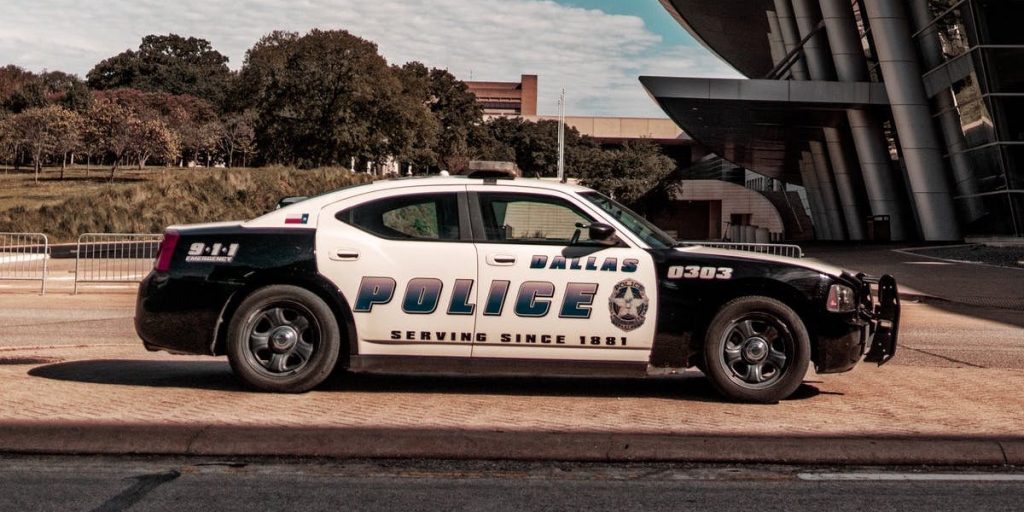Helping vulnerable populations in the face of pandemic
Public safety, health and emergency management agencies don’t always know where vulnerable populations live in their communities, making it difficult to proactively identify those at risk and respond to their needs appropriately. Especially in crises, such as the current coronavirus pandemic, knowing who and where those people are can be extra critical as public safety agencies look to communicate with and prepare those most vulnerable to the disease.
However, agencies don’t need to turn to high-end or invasive technology, like AI or facial recognition, to get this kind of insight; often a community’s decision to implement a type of online registry or profile system can have just as much impact. This is where simple, inexpensive tools – like an online safety profile – can help state and local officials easily identify individuals and households that may be in need of special assistance, and can help first responders know callers’ needs before they arrive on scene. In addition, this type of crowdsourced resident data can be both protected and shared across key stakeholders, addressing a growing need for public health departments
Here’s how communities can use platforms, like Smart911, to equip 911, emergency management and public health officials with the insight needed to reach vulnerable populations in the midst of the coronavirus outbreak:
Identify those in need
The information available about the coronavirus points to some segments of the population being at higher risk than others – those with a history of respiratory illnesses, hypertension, immune deficiencies and those over 65 are all in high-risk categories.
By encouraging residents to create a free public safety profile, public safety officials and first responders can get access to important information, like a resident’s name, address, emergency contacts and other critical information that can help first responders find them faster in an emergency. These profiles can also include life-saving details, like medical history. These profiles have recently been enhanced to collect other COVID-19 related data points such as quarantine status (self-directed or medically directed), or if someone is currently exhibiting flu like symptoms.
Having this data available to public safety officials means that communities can quickly identify who may require extra medical attention or where additional Personal Protective Equipment (PPE) may be needed for the response. In the case of this pandemic, public safety officials will also be able to identify who they should be checking in on to make sure they have enough food, water or medicine, or who they should be making calls to in order to verify the health and wellbeing of these community members at scale. While manually doing these check-ins at scale is difficult, technology can enable automated check-ins when combined with a mass notification solution.
Proactively communicate with vulnerable populations
Knowing who in a community is the most vulnerable can also help officials send useful information through targeted messaging, which could also be connected to the registry and safety profile.
By using emergency alert segmentation, public safety officials can ensure that the right information is getting to the right people. With coronavirus, it might be as simple as sending social distancing reminders to the elderly or sending a message to those with respiratory illnesses regarding what to do and who to reach out to if they have difficulty breathing. Not only does segmentation ensure that messages are delivered to the intended recipient, but it keeps specialized information from being sent to the entire community. For instance, if local stores, organizations or public facilities are being opened early just for seniors, that’s not something public safety officials might want to broadcast to all their residents.
Additionally, there is a growing need in public health departments to be able to follow-up over time with individuals that have tested positive or negative for COVID-19. To better understand trends within the community, public health may want to automatically communicate with residents via text, email and/or voice calls to solicit feedback and critical data that can be used to slow the spread of COVID-19. For example, in some communities public health is automatically messaging those that have tested negative and are collecting data around if their conditions have changed. Understanding these trends and locations of “hotspots” within communities is critical and can be tied directly back to public safety responses needed on the ground.
Enhance effective responses
When first responders have access to critical information ahead of time, they can execute a more prepared response and anticipate the needs of an individual, which is why having an online registry or safety profile is so important.
While dispatchers may collect certain information when someone calls in an emergency, they may not collect every detail needed to paint a full picture for first responders. While they may take down location and emergency type, they may not consistently ask, for example, if a person has allergies, asthma or other underlying illnesses; likewise, since calling into 911 can often be a panicked or chaotic moment for the caller, they may not think to volunteer it. However, having a registry or safety profile can provide responders with that information anyway.
Having critical information ahead of time leads to a quicker, better response. For example, if someone is calling in because they think they have COVID-19, a Smart911 profile might show that they also have a respiratory illness or other high-risk factor. In that case, first responders can arrive with the supplies and PPE needed to address the situation.
While the pandemic is an uncertain and stressful time for many, communities, public safety and public health need to pay special attention to their vulnerable populations, making sure they get the care and information they need. By opening a registry or platform that allows users to create profiles and share life-saving information, public safety can be in the best position to support, communicate with and help those who need it most.
Todd Miller is the COO of Rave Mobile Safety.




















